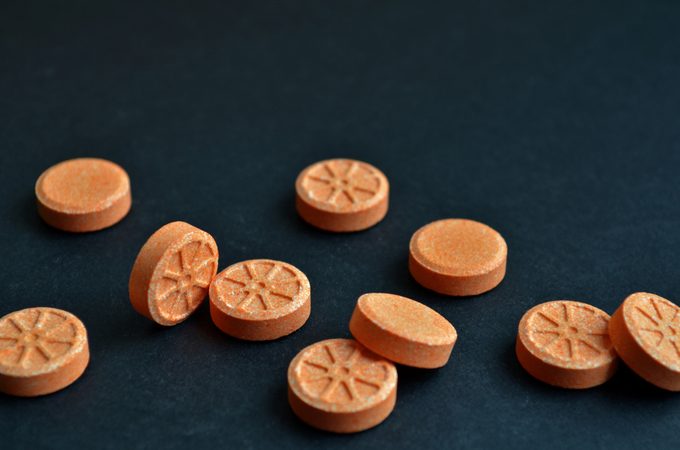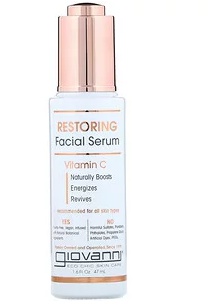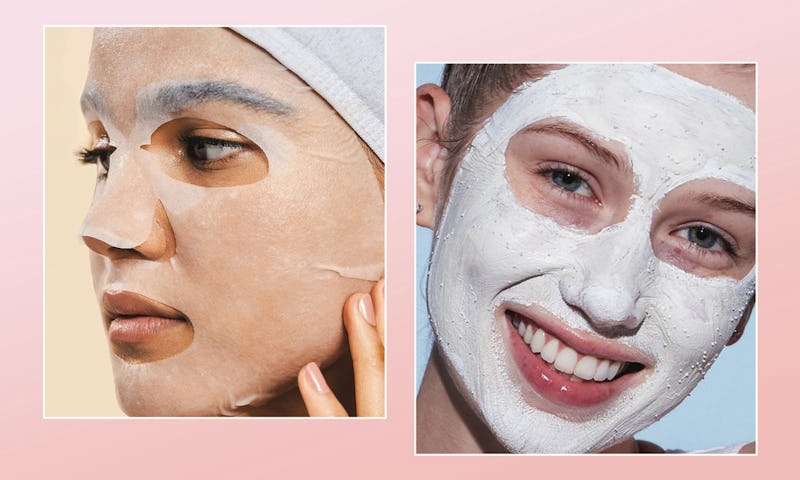Liquid Vitamin C Child Life
- #1
Hello!
I saw a video of where this guy, who volunteers at a guinea pig rescue, suggest Child Life Liquid Vitamin C for guinea pigs. He gives 1ml each day.
I was wondering if that should even be given to a guinea.
- #2
Hi!
Is there any reason why you would be giving your piggy extra Vitamin C? With a proper diet (veggies included), they probably don't need added Vitamin C in their diet. What veggies are you feeding?
I hope that this helps! I am not an expert, just a person who loves piggies! 
I'm sure someone who can offer better advice will be here shortly! 
- #4
Hello! He's getting Child Life Vitamin C only bc I had to take out veggies out of his diet for a while since his poop is soft. He's on benebac and baytril (for his upper respiratory infection) too.
- #5
well if you need to feed vitamin c I recommend biscuits! My guinea pig had scurvy and the doctor recommend vitamin c liquid but I read somewhere there could be a problem with liquid... I believe they could get diarrhea from it. It depends on the guinea pig though. But if your guinea pig doesn't like vitamin c biscuits then you should find a good liquid to give  Most vitamin c biscuits are good. the ones I used were by oxbow
Most vitamin c biscuits are good. the ones I used were by oxbow 
- #8
I was told i needed to add vit c to water aswell as veggies & their normal pellets.. is this not true ![]()
- #11
No this is not true.
You should also never add anything to their water as it can affect how much they drink.
With a balanced diet additional Vitamin C is not needed.
Thankyou ![]() , never listen to pets at home again
, never listen to pets at home again ![]() . They have been on plain water last few days.
. They have been on plain water last few days.
- #13
Never completely trust what a pet shop tells you and always double check on the forum for something you're not sure about.
The reason guinea pigs don't produce their own vitamin C is because it is in all their food. Hay makes up somewhere around 80-90% of their diet and it has enough vitamin C to sustain them - with pellets and veg added on top.
- #14
My son works for an exotics vet, just adopted some guinea pigs and was told by the vet that they MUST have vitamin C supplemented. They cannot get enough from food and vegetables. If you were to feed enough vegetables or fruit to meet their vitamin C requirements, they will get sick. You can get treats that are supplemented with C, or you can use the liquid vitamin C or tablets. They do not recommend the type you add to their water.
- #16
This is not the case. They can get all their vitamin c needs from hay and grass (which contains vit c) which needs to make up 80% of their daily food intake) and veg (50g of veg per day), and along with a tablespoon of vit c fortified pellets per day. If it was the case then there would be a lot of forum piggies with scurvy but we dont come across scurvy on here, it's simply not a common health issue at all when they are fed a good balanced diet.
Routinely overdosing with vitamin c can cause it's own health problems as their body becomes accustomed to the higher dosage levels so if it drops below that (even if the drops remains within normal daily intake levels), it can also cause symptoms of scurvy.
Thank you, we will check back with the vet. Maybe we misunderstood.
- #18
This is not the case. They can get all their vitamin c needs from hay and grass (which contains vit c) which needs to make up 80% of their daily food intake) and veg (50g of veg per day), and along with a tablespoon of vit c fortified pellets per day. If it was the case then there would be a lot of forum piggies with scurvy but we dont come across scurvy on here, it's simply not a common health issue at all when they are fed a good balanced diet.
Routinely overdosing with vitamin c can cause it's own health problems as their body becomes accustomed to the higher dosage levels so if it drops below that (even if the drops remains within normal daily intake levels), it can also cause symptoms of scurvy.
Wrong i have gave drops in the water for years and nothing but long lifes and great health
Source: https://www.theguineapigforum.co.uk/threads/child-life-liquid-vitamin-c.181180/




 We don't have description for this ingredient yet.
We don't have description for this ingredient yet. 











